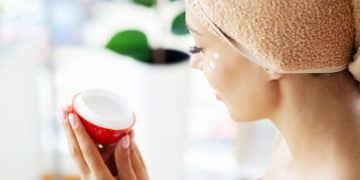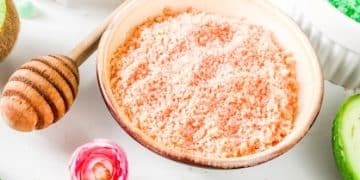Discover Cupping Therapy: Relieve Muscle Tension +20%
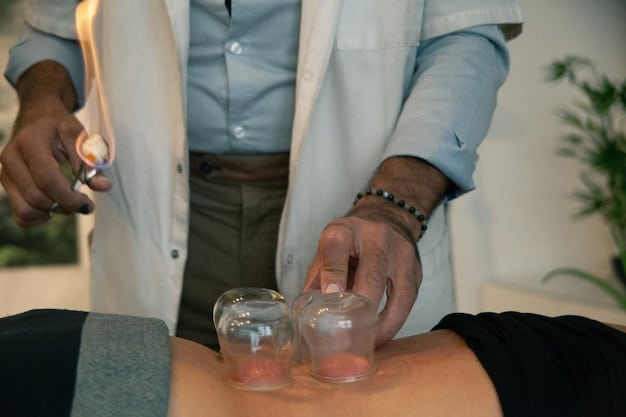
Discover cupping therapy, an ancient healing practice, enhances circulation and alleviates muscle discomfort by approximately 20%, offering a natural path to wellness and revitalization.
Unlock the secrets of **Discover the Ancient Art of Cupping Therapy: Relieve Muscle Tension and Improve Circulation by 20%**, a practice revered for its ability to ease muscle tension and enhance circulation. Let’s explore how this time-honored technique can boost your well-being naturally.
What is Cupping Therapy and How Does It Work?
Cupping therapy involves placing cups on the skin to create suction, which can help with pain, inflammation, blood flow, relaxation and well-being, and as a type of deep-tissue massage.
The History of Cupping
Cupping has roots in various ancient cultures, including Egyptian, Chinese, and Middle Eastern. The Ebers Papyrus, one of the oldest medical texts, describes cupping being used by ancient Egyptians around 1550 B.C.
- In traditional Chinese medicine (TCM), cupping is used to stimulate the flow of Qi (energy) and balance Yin and Yang.
- Historically, cups were made from various materials, including animal horns, bamboo, glass, and pottery.
- The practice evolved over time, with different techniques and applications developed across cultures.
Modern cupping often uses glass or plastic cups and employs air pumps or heat to create suction. This practice not only honors its historical roots but also integrates contemporary methods for enhanced efficacy and comfort.
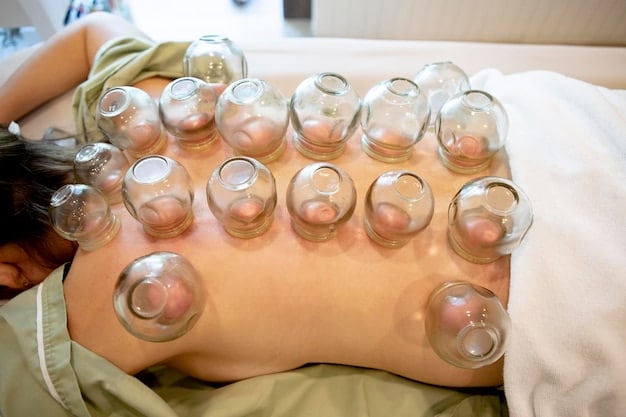
Benefits of Cupping Therapy
Cupping therapy offers a range of benefits, making it a popular choice for those seeking natural pain relief and improved overall health.
Pain Relief and Muscle Relaxation
One of the primary benefits of cupping is its ability to relieve pain and relax muscles. The suction created by the cups helps to separate tissue layers, reducing muscle tension and promoting blood flow to tight areas.
- Cupping can alleviate pain associated with conditions like back pain, neck pain, and headaches.
- It helps to release muscle knots and tension, improving flexibility and range of motion.
- Athletes often use cupping to recover from workouts and reduce muscle soreness.
Improved Circulation
Enhanced circulation is another key benefit of cupping therapy. By creating suction, cupping draws blood to the treated area, promoting better blood flow and nutrient delivery.
- Improved circulation can aid in the healing of injured tissues and reduce inflammation.
- Enhanced blood flow can also improve skin health and reduce the appearance of cellulite.
- Cupping can help to clear stagnation in blood vessels, promoting overall cardiovascular health.
Cupping’s benefits extend beyond symptomatic relief. By enhancing circulation and fostering muscle relaxation, it promotes a holistic approach to health, supporting the body’s natural healing mechanisms and enhancing overall wellness.
Types of Cupping Therapy
There are several types of cupping therapy, each with its unique method and application. The two main types are dry cupping and wet cupping.
Dry Cupping
Dry cupping involves creating a vacuum inside the cup without drawing blood. This can be achieved using heat (traditional fire cupping) or a mechanical device (suction cupping).
Fire cupping involves placing a flammable substance, such as alcohol or herbs, inside the cup and lighting it. As the fire goes out, the cup is quickly placed on the skin, creating suction as it cools.
Suction cupping uses a pump to remove air from the cup after it is placed on the skin. This method is more controlled and easier to use compared to fire cupping.
Wet Cupping
Wet cupping involves making small, superficial cuts on the skin before applying the cups. This allows a small amount of blood to be drawn out during the suction process.
- Wet cupping is believed to remove toxins and stagnant blood from the body.
- It is often used to treat conditions like arthritis, gout, and skin disorders.
- The procedure is generally safe when performed by a trained and licensed practitioner.
The choice between dry and wet cupping depends on individual health needs and preferences. Both methods offer distinct benefits and are valuable in traditional and modern therapeutic practices.
What to Expect During a Cupping Session
Understanding what to expect during a cupping session can help you feel more comfortable and prepared for your treatment.
Consultation and Preparation
Before your first session, you will typically have a consultation with the therapist to discuss your health history and treatment goals. The therapist will assess your condition and determine the most appropriate cupping technique for you.
On the day of your session, avoid heavy meals and alcohol. Wear comfortable, loose-fitting clothing and be prepared to lie down for the duration of the treatment.
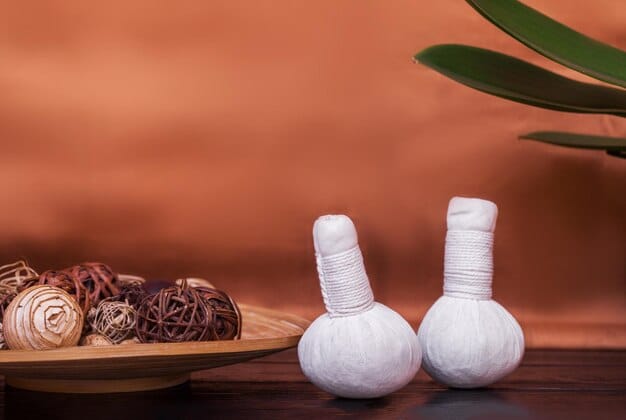
The Cupping Process
During the session, the therapist will apply the cups to specific areas of your body. The cups may be left in place for a few minutes or moved around to create a massage-like effect.
You may feel a gentle pulling or stretching sensation as the suction is created. Some people find this sensation relaxing, while others may experience mild discomfort.
After the cups are removed, you may notice circular marks on your skin. These marks are temporary and usually fade within a few days. They indicate that blood and fluids have been drawn to the surface.
Knowing what to expect during a cupping session can alleviate anxiety and enhance your overall experience. Being well-informed helps you to relax and fully benefit from this ancient therapy.
Potential Side Effects and Risks
While cupping therapy is generally safe, it is essential to be aware of potential side effects and risks.
Common Side Effects
The most common side effects of cupping include:
- Circular marks or bruises on the skin.
- Mild discomfort or soreness in the treated area.
- Skin irritation or blistering.
Serious Risks
Although rare, more serious risks associated with cupping can include:
- Infection, especially if the cups or skin are not properly sterilized.
- Bleeding, particularly with wet cupping.
- Burns from fire cupping if not performed carefully.
Who Should Avoid Cupping?
Cupping may not be suitable for everyone. Individuals with the following conditions should avoid cupping:
- Skin conditions like eczema or psoriasis.
- Bleeding disorders.
- Pregnancy.
- Cancer.
Being aware of the potential side effects and risks, and understanding who should avoid cupping, helps ensure that you can make an informed decision about whether this therapy is right for you. Always consult with a healthcare professional before starting any new treatment.
Finding a Qualified Cupping Therapist
Choosing a qualified and experienced cupping therapist is crucial to ensuring a safe and effective treatment. Here are some tips to help you find the right practitioner:
Check Credentials and Training
Ensure that the therapist is licensed and has completed formal training in cupping therapy. Look for certifications from reputable organizations.
Read Reviews and Testimonials
Check online reviews and testimonials to get an idea of other patients’ experiences with the therapist. Positive reviews can indicate a high level of skill and professionalism.
Ask About Experience
Inquire about the therapist’s experience with cupping and the types of conditions they have treated. A therapist with extensive experience is more likely to provide effective and safe treatment.
By taking the time to research and choose a qualified cupping therapist, you can increase the likelihood of a positive and beneficial experience. A skilled therapist will tailor the treatment to your specific needs, ensuring both safety and effectiveness.
| Key Point | Brief Description |
|---|---|
| 🩸Improved Circulation | Enhances blood flow, aiding in tissue healing and reducing inflammation. |
| 💪Muscle Relaxation | Releases muscle tension and knots, improving flexibility and reducing pain. |
| 🩹Pain Relief | Alleviates pain in conditions like back pain, neck pain, and headaches. |
| 🛡️Detoxification | Wet cupping removes toxins and stagnant blood. |
Frequently Asked Questions About Cupping Therapy
▼
The main aim of cupping therapy is to promote healing by increasing blood flow, reducing inflammation, and relieving muscle tension. It’s commonly used for pain management and overall wellness.
▼
Cupping marks can vary, but they usually fade within a few days to a couple of weeks. The duration depends on individual skin sensitivity and the intensity of the cupping session.
▼
Cupping is generally not recommended during pregnancy due to potential risks. Consult with a healthcare provider to determine if it’s safe based on your specific condition and circumstances.
▼
Yes, cupping can potentially reduce the appearance of cellulite. By improving circulation and lymphatic drainage, it helps break down fat deposits and smooth the skin. However, results may vary.
▼
After a session, stay hydrated, avoid strenuous activities, and keep the cupped areas covered and warm. A warm bath with Epsom salts can also help soothe any soreness.
Conclusion
Discover the Ancient Art of Cupping Therapy: Relieve Muscle Tension and Improve Circulation by 20%, is a beneficial holistic approach to wellness. Its potential to ease muscle tension, enhance circulation, and promote detoxification underscores its value. While it’s generally safe, consulting with a professional is crucial. Cupping therapy offers a natural and time-tested method to elevate your overall health.



